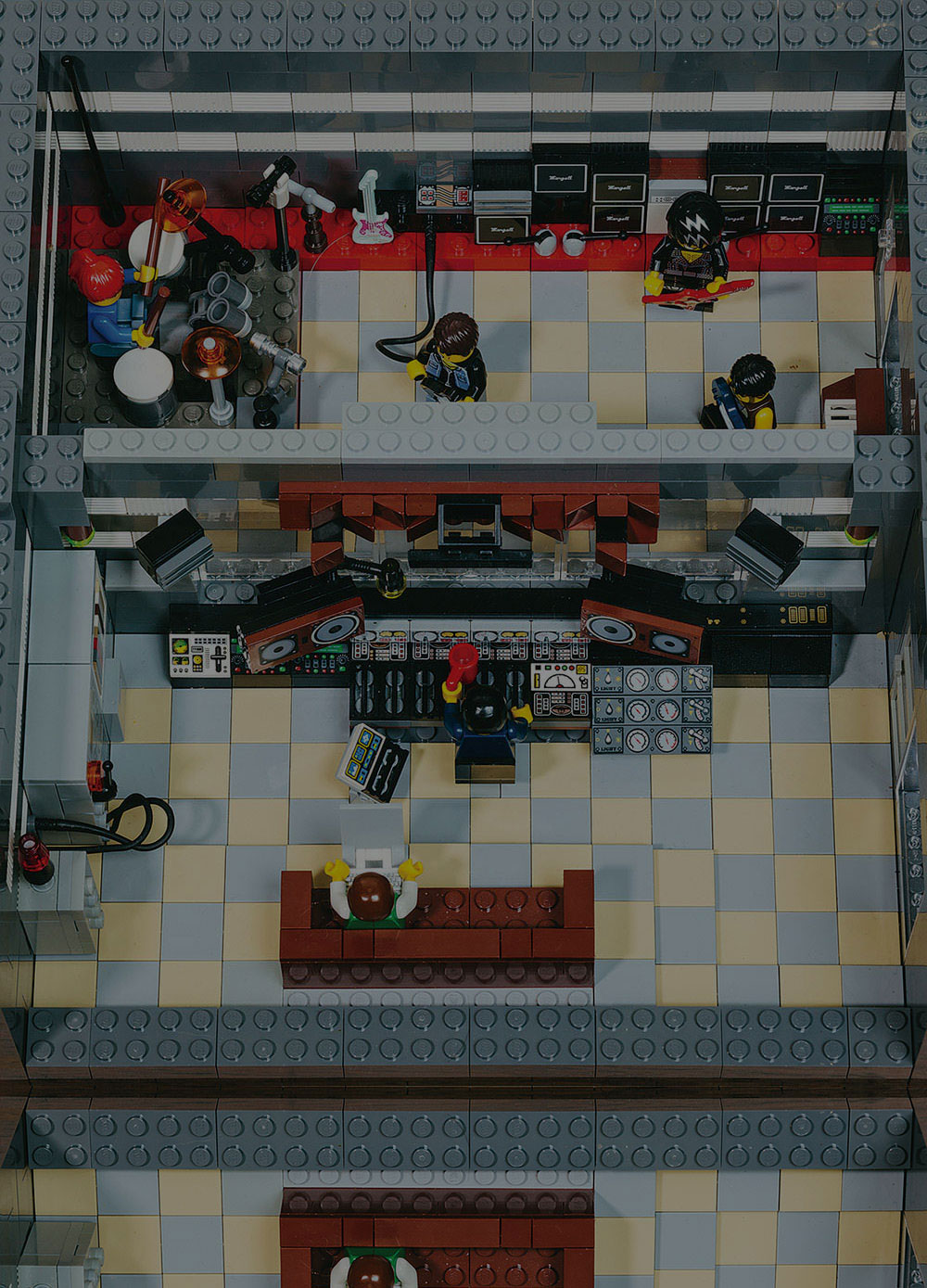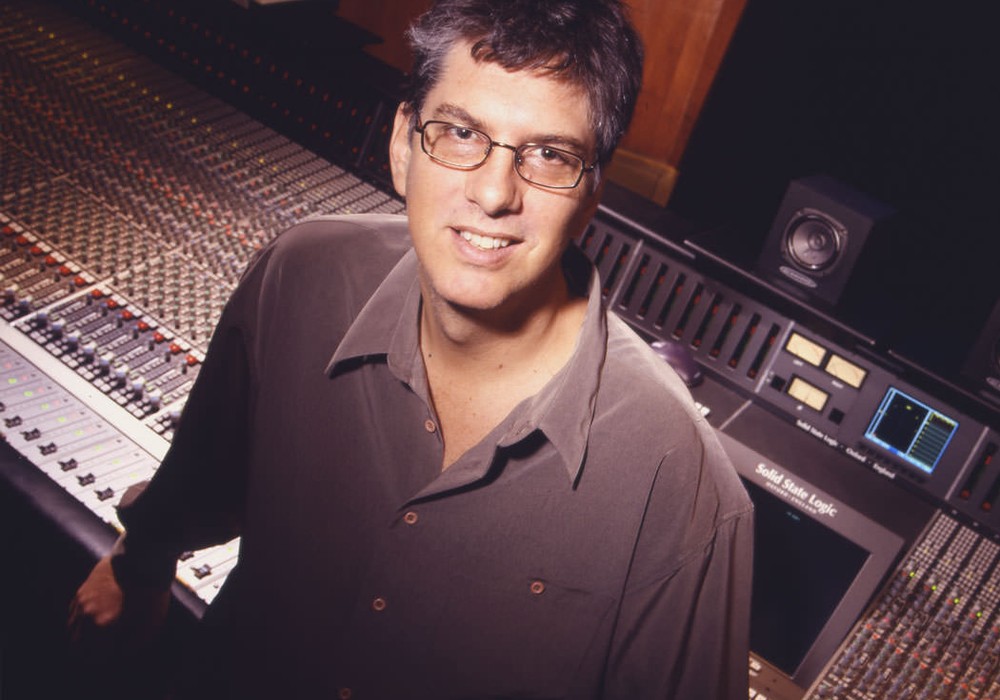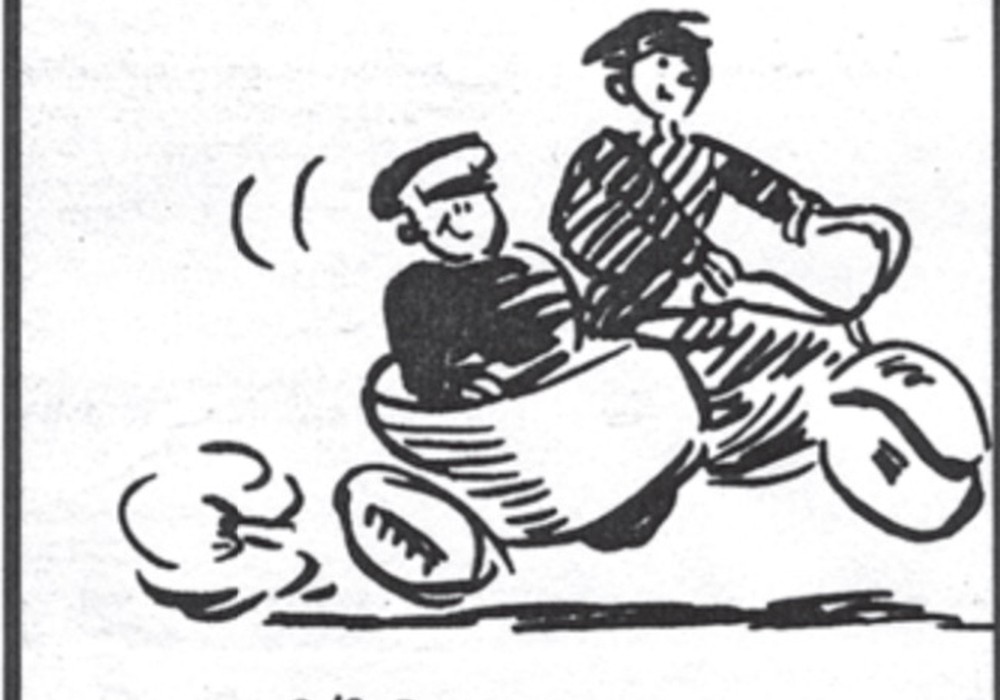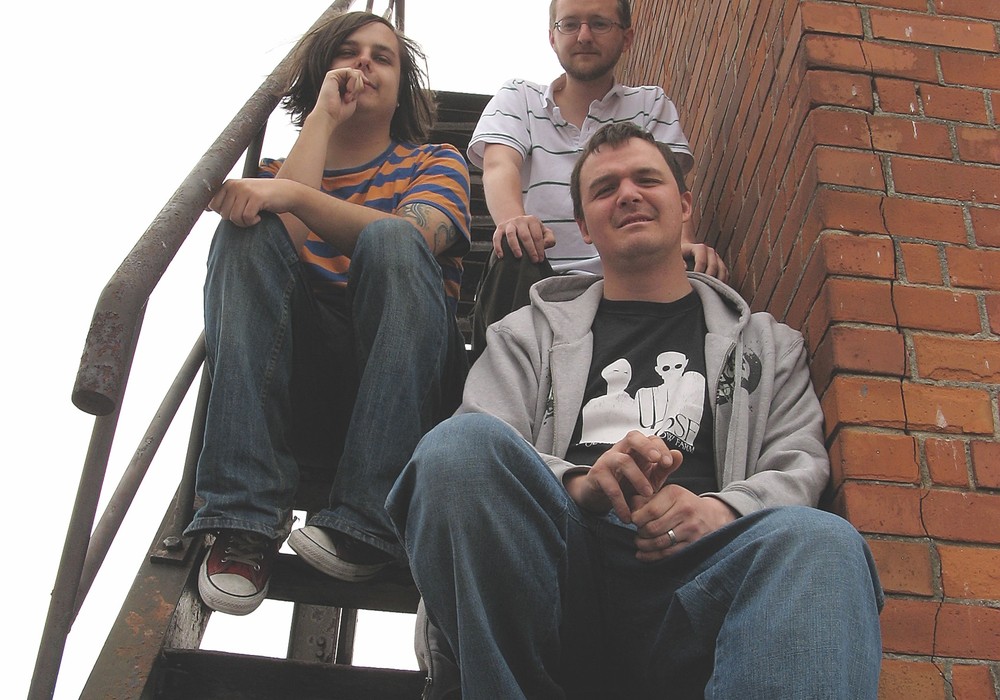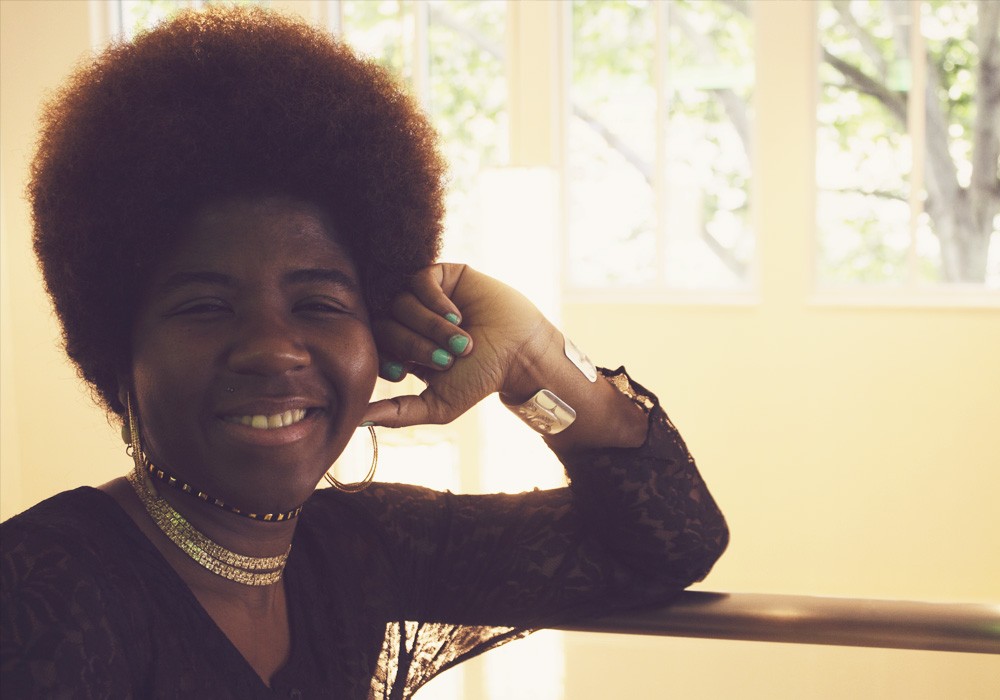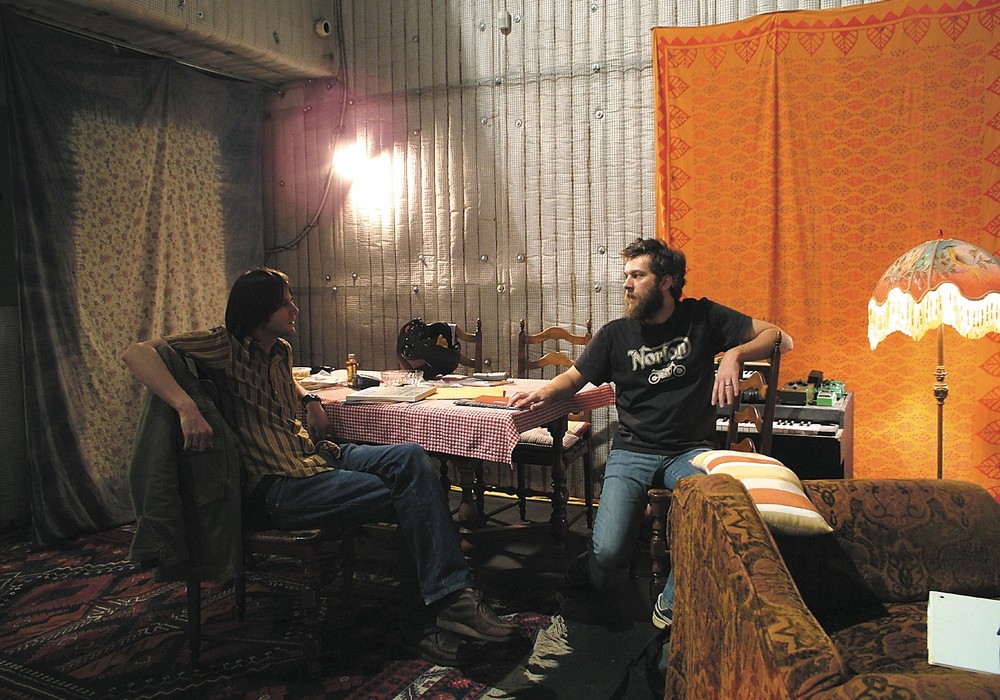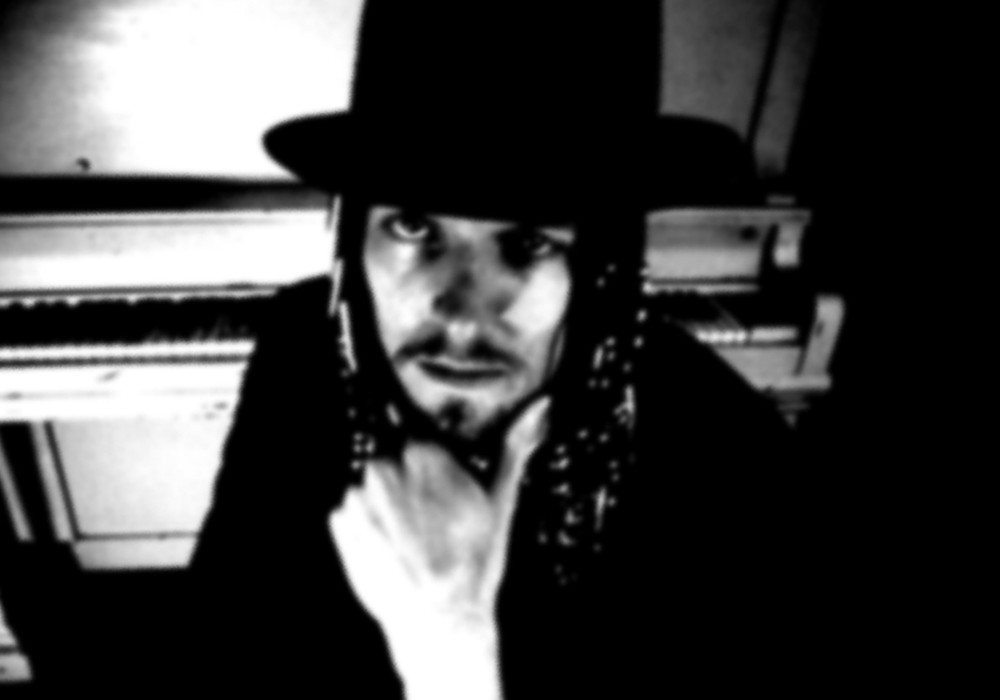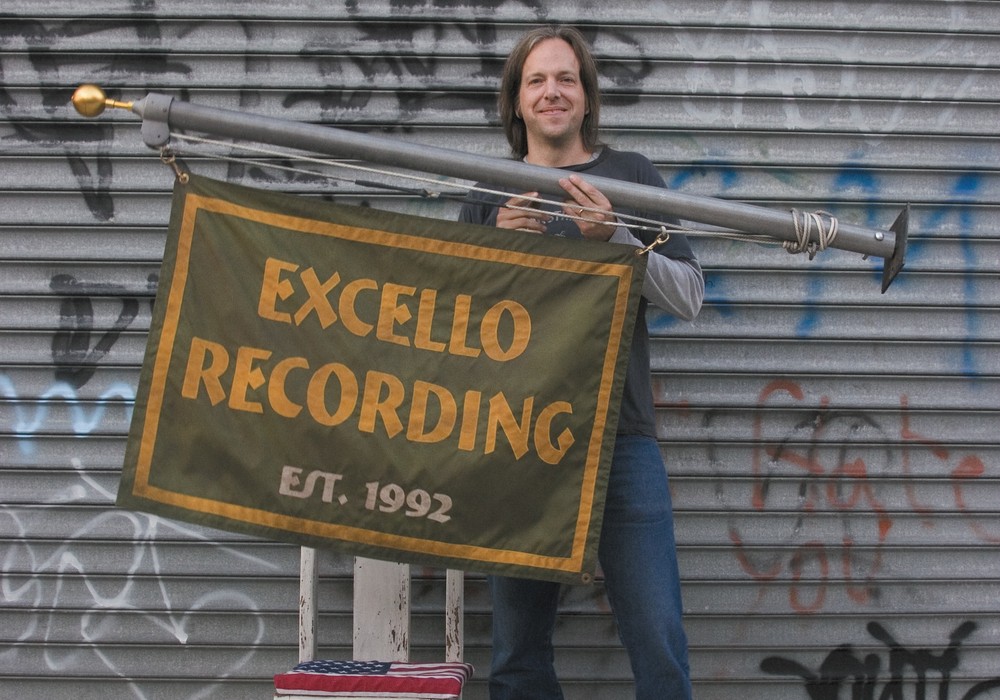Unfortunately Mike Shipley passed away far too soon in 2013, but we are honored to present his final print interview from that year courtesy of our contributor Jake Brown. -LC
"Mutt's whole thing was, ‘Kids these days don't want to hear honky little snare drums. They're all out watching Star Wars and having visual experiences, so let's make records like that. Rather than going the natural route, let's make something larger than life!'"
Famed engineer/mixer Mike Shipley recalls the moment when legendary record producer Robert John "Mutt" Lange first expressed his vision for Def Leppard's 1983 album, Pyromania. To date, one can still shake their head thinking back about how cinematic and epic the record's sound was for the time. Shipley explains how he was the right-hand man to Mutt Lange, and how he helmed many mixes and albums on his own.
From Pyromania to Hysteria to Paper Airplane by Jake Brown | Justin Cortelyou and Thomas Dolby interviews by Larry Crane
You and Mutt were trying something truly revolutionary, compared to the way rock drums were being recorded at that time.
The previous Def Leppard record, High ‘n' Dry [1981], was recorded with real drums. On Pyromania [1983] Mutt wanted to be experimental and leave the drums to the very end. He would keep changing the arrangements, so therefore the drum parts would need to keep changing. We had to figure out how to sync that up. It was on the cutting edge, but somehow we managed to put it all together. Take "Photograph," for example. Like all the other songs on the record, the song's drums were all samples from the Fairlight [CMI (computer musical instrument) sampler]. There are no real drums. The cymbals are played, but the bass drum, snare, and toms are all machine. We had all kinds of drums in there, and I sampled them into the Fairlight and detuned them. We'd sample them in at half-speed, thinking that we'd get a better sound, because that's when Fairlight was at 8 bits – you had to get around that part of it. We sampled [Ludwig] Black Beauty snares, other snares, and all kinds of bass drums. We ended up with something that Mutt liked that we could detune a little bit. When we were sampling in the sounds, we used [Neumann] KM 84s and we used [Shure SM]58s. There were so many mics. The toms were primarily Simmons toms back then, which were electronic. We experimented, EQ'd, and mangled the sound up a little bit to come up with the drum sound. It was pretty unnatural, but that was kind of the point.
The Fairlight seems like it basically became like another member of the band. What kind of role did it play as you got near the end of tracking?
We were recording Pyromania on 24-track, and we spent a lot of months on that record. By the time it came to mixing, the tape was peeling off in 2-inch pieces. It became clear from the intensity of working on a record like that, going over and over and over, blocking out backgrounds, changing arrangements, and all that. I'm surprised we ever got it finished, because the tape literally fell to pieces. It was experimental; we were using a Fairlight, trying to sync that whole thing up and work like that, and we hadn't figured out ‘til the end how we were going to do the drums. So even when "Photograph" was about to be mixed, Mutt decided to change the chorus. Songs would evolve, and he wanted to have control until the last minute of what the feel was going to be. Rather than commit to the drums, and have to re-cut them and re-cut them, he thought this was a better way to do it. I don't think anyone had done it before, but we decided to give it a shot – scary as it was – and we just went on blind faith. It was more about being able to change the arrangements at the last minute, which was very important to him.
You're a drummer. How has being a musician helped inform your process as an engineer/producer, and who were some of the players who shaped your sonic preferences for recording and mixing drums?
I was always intrigued by drum sounds. Back in the day, I was a huge Led Zeppelin fan. I was a fan of The Who, The Kinks, and early King Crimson; those more progressive-type rock bands. The mainstay back then were English rock bands. I was a fan of Andy and Glyn Johns [Tape Op #39, #109], Ken Scott [#52], and all those amazing English, out-of-the-box, record makers. I was very much into rhythm – drums and bass – and drum sounds, in a big way. Everything else is great too, but drum sounds have always been a really important and impressive thing to me.
Mutt Lange invented the "layers upon layers" approach to recording walls of guitar and vocal tracks stacked throughout that album. What was that construction process like in the studio?
Because of the nature of the way that band played, and the inversions they...
